Walnut Oil
Oil extracted from the English Walnuts or Persian Walnuts is known as the Walnut Oil. It is a highly nutritious edible oil and is widely used for various culinary purposes. France is the global leader in the production of this oil. Other producers include Australia, California and New Zealand.
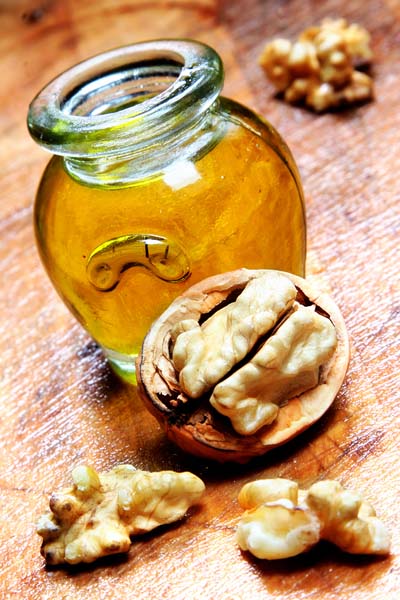
Walnut Oil
Table Of Content
Walnut Oil Description
Here is a general description of this edible oil
Color: Its color ranges from pale yellow to pale brown.
Taste: Walnut Oil has a rich and nutty taste. But it can turn slightly bitter when heated.
Aroma: The oil has a typical aroma of Walnuts.
Walnut Tree Distribution
These trees are indigenous to the Central Asian mountain ranges. The distribution range of the English Walnuts extends from the Balkans to the Himalaya Mountains in the east. The southwestern range of their distribution extends to China.
Walnut Oil Properties
Some of the principal properties of this oil are:
Smoke Point: The smoke point of Walnut Oil is 204 °C (400 °F).
Specific Gravity: Its specific gravity ranges between 0.924 and 0.927 at 15 °C temperature.
Walnut Oil Composition
An essential omega-6 fatty acid called the Linoleic Acid makes up around 50% of its total content. It is also an excellent source of omega-3 fatty acids. Its fatty acid profile is:
- Linoleic Acid: 59.6%
- Linolenic Acid: 13.5%
- Oleic Acid: 16.2%
- Palmitic Acid: 7.3%
- Stearic Acid: 2.5%
Walnut Oil Extraction
The cold pressed method is generally used to extract oil from Walnuts. The nuts are first ground into paste which undergoes a roasting process. This roasting process is significant for determining the quality of the final product.
How to Make Walnut Oil at Home
Walnut Oil can be easily extracted at home using a simple method. The hard shells of the Walnuts need to be cracked using a nutcracker to obtain the fleshy part. The nuts should be chopped roughly after they are out of their shells. One can use a “garlic press” to squeeze the nuts and extract the oil.
Walnut Oil Nutritional Facts
Here is the nutritional fact for 1 cup (218 gm) of this vegetable oil:
| Nutrient | Amount |
| Calories | 1927 (8068 kJ) |
| Total Carbohydrate | 0.0 g |
| Total Fat | 218 g |
| – Saturated Fat | 19.8 g |
| – Monounsaturated Fat | 49.7 g |
| – Polyunsaturated Fat | 138 g |
| – Omega-3 fatty acids | 22.674 g |
| – Omega-6 fatty acids | 11.5310 g |
| Protein | 0.0 g |
| Vitamin A | 0.0 IU |
| Vitamin C | 0.0 mg |
| Vitamin E (Alpha Tocopherol) | 0.9 mg |
| Vitamin K | 32.7 mcg |
| Riboflavin | 0.0 mg |
| Niacin | 0.0 mg |
| Vitamin B6 | 0.0 mg |
| Folate | 0.0 mg |
| Vitamin B12 | 0.0 mg |
| Choline | 0.9 mg |
| Calcium | 0.0 mg |
| Iron | 0.0 mg |
| Magnesium | 0.0 mg |
| Phosphorus | 0.0 mg |
| Potassium | 0.0 mg |
| Sodium | 0.0 mg |
| Zinc | 0.0 mg |
| Copper | 0.0 mg |
| Selenium | 0.0 mg |
Walnut Oil Health Benefits
Numerous health benefits can be derived from this oil:
- Its high Monosaturated fatty acid contents keep the arteries flexible, thus ensuring proper circulation of blood.
- It prevents hyper tension.
- Regular consumption of the oil prevents various cardiac diseases by keeping the blood vessels healthy.
- The Walnut Oil contains various Polyunsaturated fatty acids, such as omega 3 and omega 6, which help to reduce inflammation and decrease the risk of arthritis.
- It is a good source of phosphorous, magnesium, calcium, selenium, iron and zinc that help to stabilize the hormones in human body.
- The high vitamin contents of Walnut Oil make it beneficial for skin and hair.
- The oil has antioxidant properties that help to fight aging and treat wrinkles.
- It is also beneficial for the brain. It improves memory, learning ability and clear thinking.
- Consuming Walnut Oil is beneficial for preventing eczema, warts, psoriasis and many fungal infections.
Walnut Oil Uses
The oil extracted from the English Walnuts is used in various cuisines all over the world. But the high price of the oil prevents its widespread use. It is not generally used for high temperature cooking as heat makes the oil slightly bitter and reduces its nutrition value.
Edible Uses
- Both refined and unrefined Walnut Oils are widely used as salad dressing.
- It is used for enhancing the flavor of fishes and steaks.
- Its nutty flavor makes it useful for seasoning various pasta dishes.
- Baked confectionaries and desserts are flavored using the oil.
- It is used for making dipping sauces for bread and cheese.
- Walnut Oil is also used for cooking and preparing pan fried dishes.
Other Uses
- Walnut Oil is often consumed in the form of health supplement capsules.
- This oil is used for making cosmetics, soaps and other personal care products.
- It is popularly used in aromatherapy.
- Its quick-drying properties make the oil useful for oil painting.
- Painting colors are also made from this oil.
Walnut Oil Substitutes
No oil can perfectly replace another one. But one can use Hazelnut oil for substituting Walnut Oil in case it is absolutely unavailable. It can also be substituted using other oils such as Olive oil, Flaxseed oil and Almond oil.
How to Store Walnut Oil?
It should be stored in a tightly sealed container in cool and dry place, away from heat and direct sunlight. It is preferable to keep it under refrigeration. It tends to become rancid if stored in warm conditions.
Walnut Oil Shelf Life
This oil has a shelf of 6 to 12 months.
Using Walnut Oil during Pregnancy
Following a diet containing Walnut Oil during pregnancy can prevent any allergy of the unborn child. Some studies also show it to make the child smarter.
Walnut Oil Side Effects
It does not have any serious side effects when consumed in moderate amounts. But it can cause various allergic reactions like itching and skin rashes to some people. People allergic to this oil should avoid using it in any form.
Walnut Oil Recipes
Here are the names of some recipes using this oil:
- Asparagus Salad with Walnut Oil Vinaigrette
- Root Vegetables and Baby Greens with Walnut Oil
- Beets and Green Beans In Walnut Vinaigrette
- Roquefort salad with pears, chicory and walnut oil
- Bread Dip With Walnut Oil
- Roast partridge with spiced apple sauce and walnut sauce
- Potato salad
- Smoked trout salad
- Roasted aubergine with walnut salsa
Walnut Oil Price and Availability
One can buy this oil both in stores or online. The price for 8.5 ounce of the oil ranges from $12 to $15.
Walnut Oil Interesting Facts
Here are some interesting facts about it:
- It is counted among the main oils used in Renaissance oil paintings.
- Walnut Oil is used as a wood finish for products like wooden bowls and cutting boards.
- The oil is sometimes used in power generation along with various Heavy Fuel Oils (HFO).
- In the UK, a power station can be eligible to claim a Renewable Obligation Certificate (ROC) by using this vegetable oil for power generation.
Walnut Oil Pictures
Here are some images of this oil.
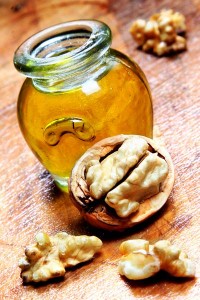 Picture 3 – Walnut Oil Picture
Picture 3 – Walnut Oil Picture
References:
http://en.wikipedia.org/wiki/Walnut_oil
https://www.medicaldaily.com/seven-great-benefits-walnut-oil-231697
https://theepicentre.com/ingredient/walnut-oil/
- by Deepamala Bhattacharya
- March 10th 2012



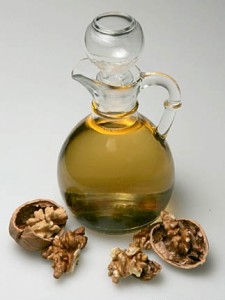
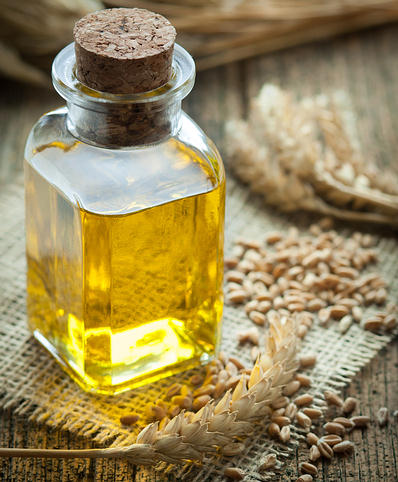
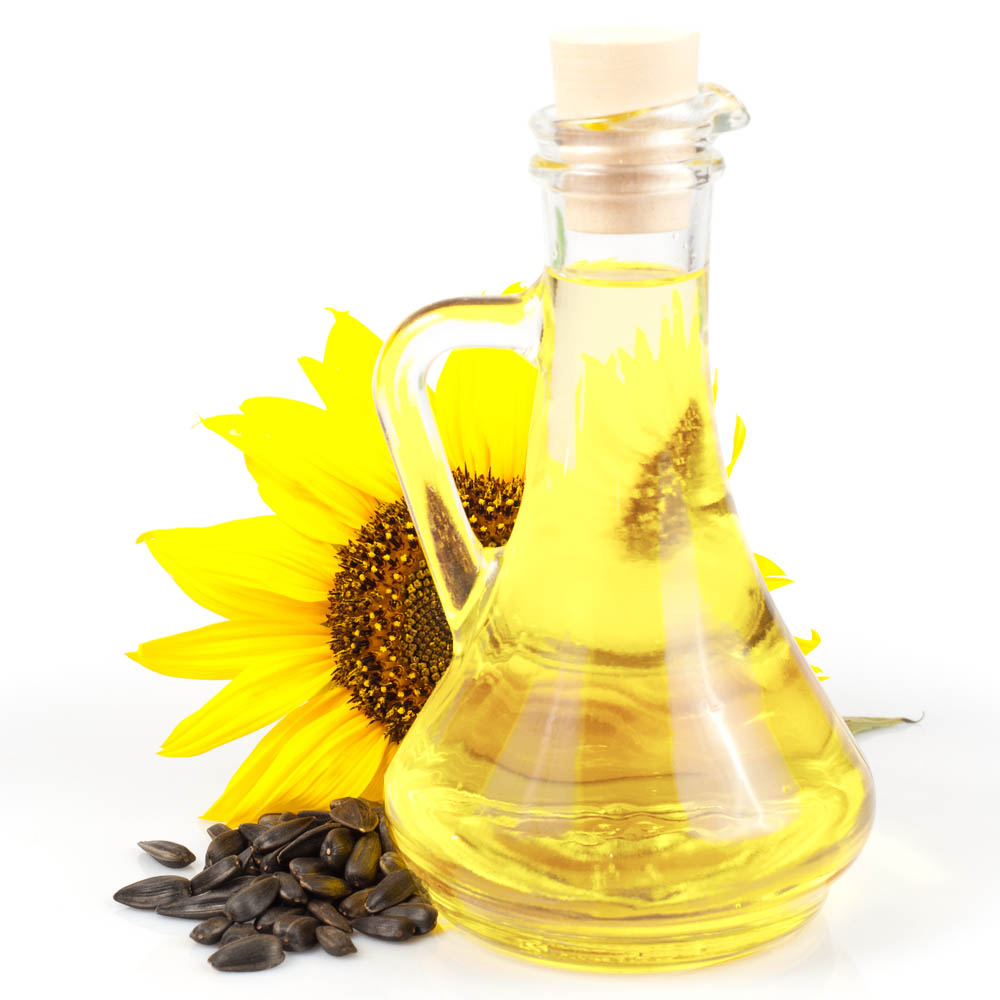
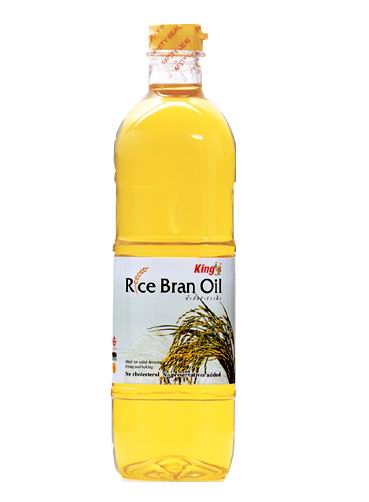
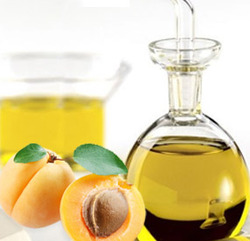


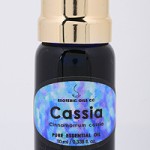


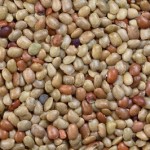









Leave a Reply